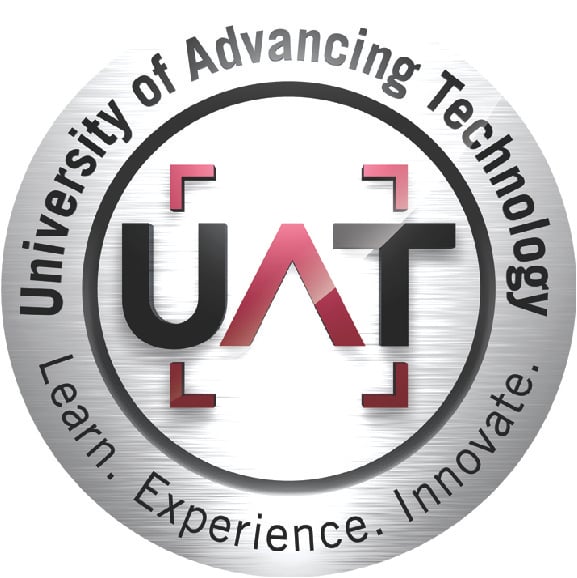by Taylor Nakakihara
On Tuesday, October 8th we celebrate the achievements of women in STEM on Ada Lovelace Day. UAT takes pride in our support of girls and women in tech. We collaborate with the Girl Scouts of Cactus-Pine and the Boys and Girls Club on the development of STEM curricula for their organizations. It is our pleasure to continually support the events and efforts of Girls in Tech, Girls Who Code, Girls Rule Foundation, ISAACA She Leads Tech, Women Techmakers, Phoenix Women IT Unite, and more.
Held on the second Tuesday of October each year, Ada Lovelace Day is an international celebration highlighting the achievements of women in STEM and aiming to increase the profile of women in STEM, leading to the creation of new role models who will help lead more girls into STEM careers and support women already working in the field.
Who is Ada Lovelace?
Born in London, England, in 1815, Ada Lovelace was born to Romantic poet Lord Byron and Anne Isabelle Milbanke. Her mother, who preferred that her daughter be tutored in math and music at an early age, desired a more stable life for her daughter than that held by her poet father. Anne Milbanke, also known as Lady Byron, was also a mathematician herself.
By 17, Lovelace had begun correspondence with inventor and Cambridge Professor Charles Babbage on topics such as math and logic. This connection would prove incredibly valuable for Babbage, who in 1842 had found international support for his new project, the Analytical Engine. However, this support came in the form of a memoir from Italian mathematician Louis Menebrea , written in French. Initially, Lovelace was brought on by Babbage to simply translate these notes on the Analytical Engine.
Through her work as a self-identified “Analyst and Metaphysician”, Lovelace’s translation and accompanying notes over the course of 9 months would earn her enduring recognition by the tech community. Despite Babbage’s achievements with the Analytical Engine, he had failed to produce a compete program for the machine. Lovelace was able to write a computer program to prompt the Analytical Engine to generate Bernoulli Numbers, thus successfully publishing the first, most complete, and most elaborate program of its kind. Furthermore, Lovelace was the first to explain the creative potential of the Analytical Engine through the use of the right programming to expand the machine’s capabilities well outside of its ability to calculate numbers. Lovelace is a herald of the future of the general-purpose computer, and noted that the Analytical Engine was suited for “developing and tabulating any function whatever... the engine is the material expression of any indefinite function of any degree of generality and complexity.”




Comment